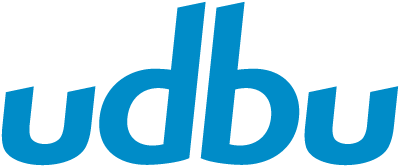Fiber laser cutter market is expected to continue growing over the next five years
The European fiber laser cutter market is expected to continue growing over the next five years, driven by factors such as technological advancements, the demand for high-precision cutting, increased automation in manufacturing, and a general push towards sustainable and energy-efficient production processes.
While precise figures can vary depending on the source, here's an estimated overview of the fiber laser cutter market in Europe over the next five years:
Market Trends and Growth Drivers:
-
Increasing Adoption of Fiber Lasers: Fiber lasers are replacing traditional CO2 lasers in many applications due to their efficiency, reliability, and lower maintenance costs. The trend is especially evident in industries such as automotive, aerospace, electronics, and metal fabrication.
-
Technological Advancements: Advances in laser technology, including higher power output, faster processing speeds, and improved cutting precision, are expected to drive demand. Additionally, the integration of automation and AI in laser cutting systems can enhance productivity and reduce operational costs.
-
Demand for Customization and Small Batches: As industries require more customized, high-precision, and low-volume production, fiber laser cutters offer flexibility that suits these needs. This is especially prominent in sectors like automotive, medical device manufacturing, and consumer electronics.
-
Sustainability and Energy Efficiency: Fiber lasers are more energy-efficient than traditional cutting technologies, which aligns with Europe's push towards green and sustainable manufacturing practices.
-
Growth in Metal Processing: The growth of industries like steel, aluminum, and titanium processing—particularly in countries such as Germany, Italy, and France—will continue to support fiber laser cutter demand, especially in heavy industries.
Market Size Estimates:
-
2024-2025: The European fiber laser cutter market is expected to be valued at approximately EUR 1.5 to 2 billion.
-
2026-2027: This market is forecasted to grow at a CAGR (Compound Annual Growth Rate) of around 7-10%, reaching a value of EUR 2.5 to 3 billion by 2027.
Key Markets:
-
Germany: As the largest economy in Europe and a manufacturing powerhouse, Germany remains the dominant market for fiber laser cutters in Europe, especially in automotive, machinery, and aerospace sectors.
-
Italy and France: These countries are significant players in metal processing and industrial manufacturing, driving the need for efficient and high-quality laser cutting solutions.
-
Eastern Europe: Nations in Eastern Europe are seeing growth in industrialization and automation, contributing to the overall expansion of the market.
Market Segmentation:
- By Power Output: 1kW-4kW lasers dominate the market, but there is increasing demand for high-power lasers (5kW and above) for cutting thicker materials.
- By Application: Automotive, aerospace, metalworking, and electronics sectors are the primary drivers of demand, followed by niche applications in medical devices and jewelry manufacturing.
Conclusion:
The European fiber laser cutter market is on a strong growth trajectory, with increasing demand driven by technological innovations, industry shifts towards automation and sustainability, and expanding industrial applications. The market size is expected to grow significantly over the next five years, potentially reaching around EUR 2.5 to 3 billion by 2027.
